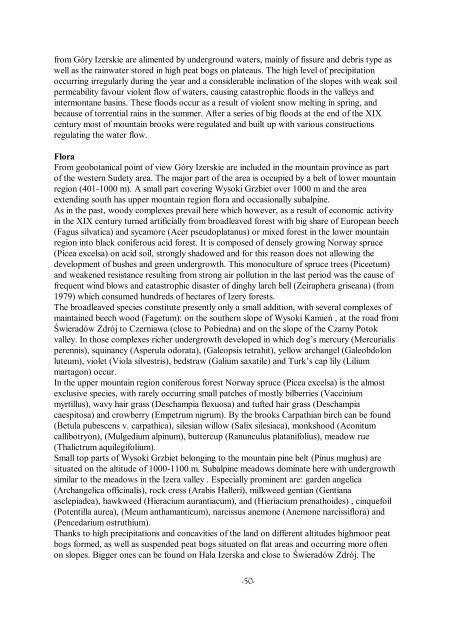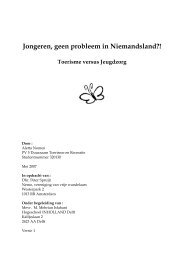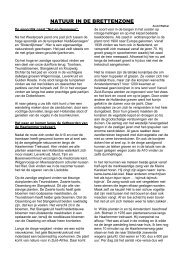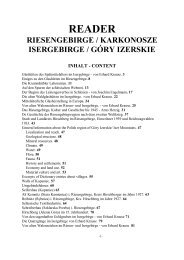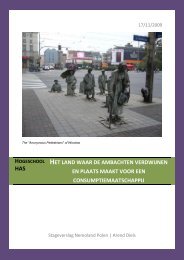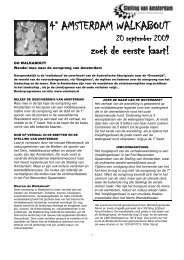Glashütten des Spätmittelalters im Isergebirge - Nemo
Glashütten des Spätmittelalters im Isergebirge - Nemo
Glashütten des Spätmittelalters im Isergebirge - Nemo
Erfolgreiche ePaper selbst erstellen
Machen Sie aus Ihren PDF Publikationen ein blätterbares Flipbook mit unserer einzigartigen Google optimierten e-Paper Software.
from Góry Izerskie are al<strong>im</strong>ented by underground waters, mainly of fissure and debris type as<br />
well as the rainwater stored in high peat bogs on plateaus. The high level of precipitation<br />
occurring irregularly during the year and a considerable inclination of the slopes with weak soil<br />
permeability favour violent flow of waters, causing catastrophic floods in the valleys and<br />
intermontane basins. These floods occur as a result of violent snow melting in spring, and<br />
because of torrential rains in the summer. After a series of big floods at the end of the XIX<br />
century most of mountain brooks were regulated and built up with various constructions<br />
regulating the water flow.<br />
Flora<br />
From geobotanical point of view Góry Izerskie are included in the mountain province as part<br />
of the western Sudety area. The major part of the area is occupied by a belt of lower mountain<br />
region (401-1000 m). A small part covering Wysoki Grzbiet over 1000 m and the area<br />
extending south has upper mountain region flora and occasionally subalpine.<br />
As in the past, woody complexes prevail here which however, as a result of economic activity<br />
in the XIX century turned artificially from broadleaved forest with big share of European beech<br />
(Fagus silvatica) and sycamore (Acer pseudoplatanus) or mixed forest in the lower mountain<br />
region into black coniferous acid forest. It is composed of densely growing Norway spruce<br />
(Picea excelsa) on acid soil, strongly shadowed and for this reason does not allowing the<br />
development of bushes and green undergrowth. This monoculture of spruce trees (Piceetum)<br />
and weakened resistance resulting from strong air pollution in the last period was the cause of<br />
frequent wind blows and catastrophic disaster of dinghy larch bell (Zeiraphera griseana) (from<br />
1979) which consumed hundreds of hectares of Izery forests.<br />
The broadleaved species constitute presently only a small addition, with several complexes of<br />
maintained beech wood (Fagetum): on the southern slope of Wysoki Kamień , at the road from<br />
Świeradów Zdrój to Czerniawa (close to Pobiedna) and on the slope of the Czarny Potok<br />
valley. In those complexes richer undergrowth developed in which dog’s mercury (Mercurialis<br />
perennis), squinancy (Asperula odorata), (Galeopsis tetrahit), yellow archangel (Galeobdolon<br />
luteum), violet (Viola silvestris), bedstraw (Galium saxatile) and Turk’s cap lily (Lilium<br />
martagon) occur.<br />
In the upper mountain region coniferous forest Norway spruce (Picea excelsa) is the almost<br />
exclusive species, with rarely occurring small patches of mostly bilberries (Vaccinium<br />
myrtillus), wavy hair grass (Deschampia flexuosa) and tufted hair grass (Deschampia<br />
caespitosa) and crowberry (Empetrum nigrum). By the brooks Carpathian birch can be found<br />
(Betula pubescens v. carpathica), silesian willow (Salix silesiaca), monkshood (Aconitum<br />
callibotryon), (Mulgedium alpinum), buttercup (Ranunculus platanifolius), meadow rue<br />
(Thalictrum aquilegifolium).<br />
Small top parts of Wysoki Grzbiet belonging to the mountain pine belt (Pinus mughus) are<br />
situated on the altitude of 1000-1100 m. Subalpine meadows dominate here with undergrowth<br />
s<strong>im</strong>ilar to the meadows in the Izera valley . Especially prominent are: garden angelica<br />
(Archangelica officinalis), rock cress (Arabis Halleri), milkweed gentian (Gentiana<br />
asclepiadea), hawkweed (Hieracium aurantiacum), and (Hieriacium prenathoi<strong>des</strong>) , cinquefoil<br />
(Potentilla aurea), (Meum anthamanticum), narcissus anemone (Anemone narcissiflora) and<br />
(Pencedarium ostruthium).<br />
Thanks to high precipitations and concavities of the land on different altitu<strong>des</strong> highmoor peat<br />
bogs formed, as well as suspended peat bogs situated on flat areas and occurring more often<br />
on slopes. Bigger ones can be found on Hala Izerska and close to Świeradów Zdrój. The<br />
-50-


